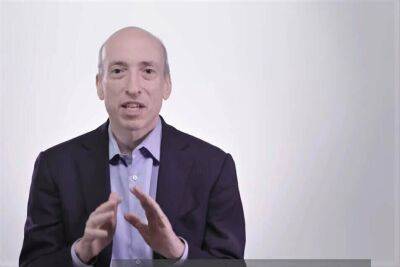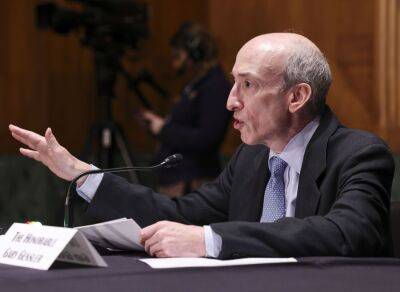Gary Gensler’s SEC is playing a game, but not the one you think
On Feb. 13, a federal judge put the Securities and Exchange Commission and the Commodity Futures Trading Commission cases against former FTX CEO Sam Bankman-Fried on hold. You’ll be forgiven if you missed this story — headlines and social media were dominated by the breaking news that the SEC was suing crypto firm Paxos for minting Binance’s stablecoin, Binance USD (BUSD).
But we’re not here to debate whether stablecoins are securities. The Howey test has been discussed to death, and while it’s true that few people expect to profit from a token pegged to a fiat currency, the issue is more nuanced than the debate typically suggests.
The issue is that the Paxos story broke on the same day as United States District Judge Kevin Castel delayed Bankman-Fried’s case. And the ensuing stablecoin debate detracted from that very significant change, distracting many from what should have been the bigger story.
Judge Castel granted a Justice Department motion to stay the FTX lawsuits filed by the SEC and the CFTC. Unsurprisingly, Bankman-Fried consented to putting the civil cases on hold.
Since pleading not guilty to defrauding billions of dollars from his collapsed exchange and paying a $250 million bond, Bankman-Fried has been living at his parent’s Palo Alto mansion in California. He’s free to soak up the sun by the pool and play all the League of Legends he wants while millions of FTX customers who lost billions of dollars are left waiting for justice and reparations.
Related: Expect the SEC to use its Kraken playbook against staking protocols
You might claim that the timing of these two stories — the Paxos BUSD lawsuit and the staying of Bankman-Fried’s cases — is a simple coincidence. And even prosecutors argued that
Read more on cointelegraph.com




















